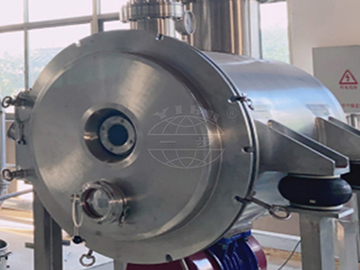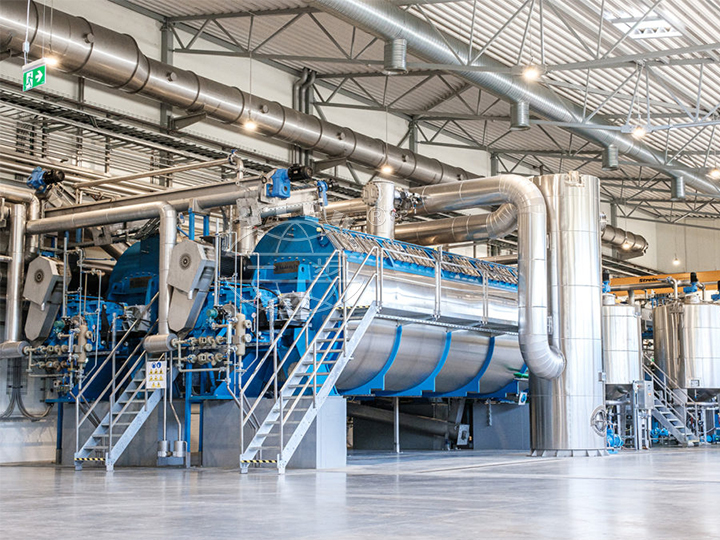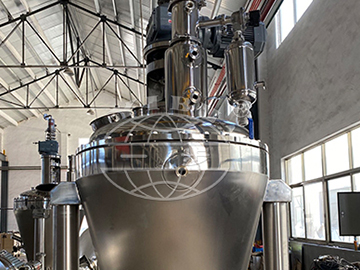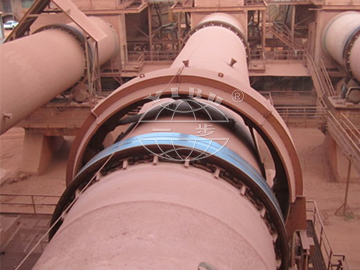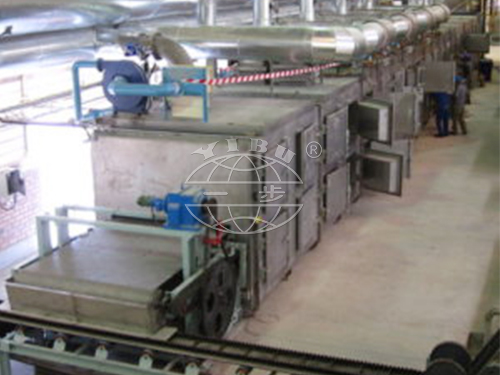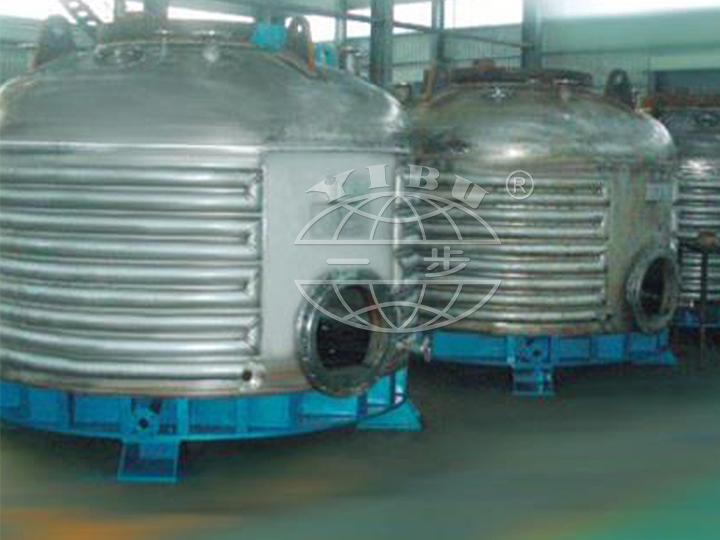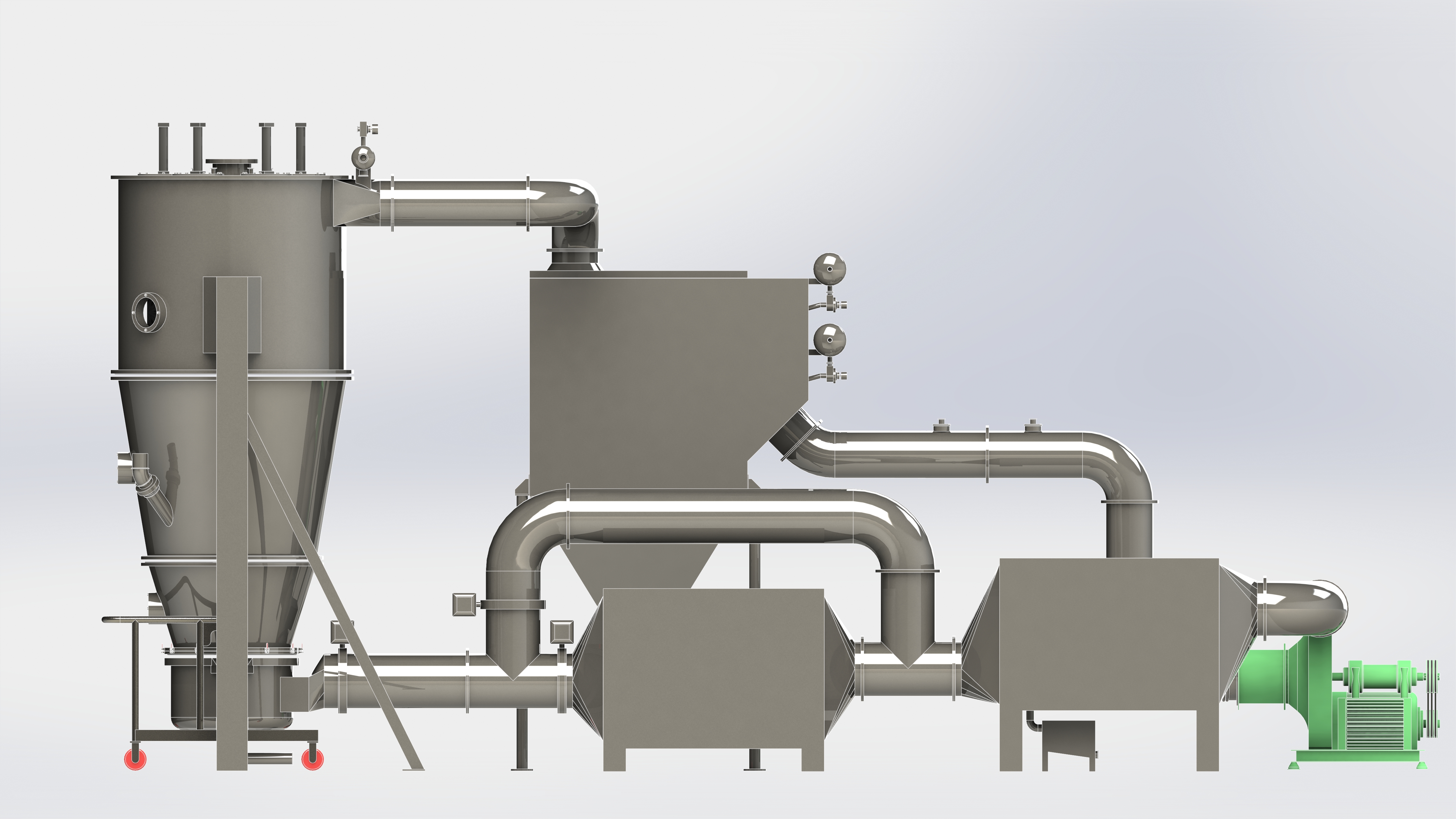Fundamental and application of aerobic granulation technology for wastewater treatment(10)
Other factors affecting aerobic granulation
Presence of calcium ion in feed enhances the aerobic granulation process. Improved settling and strength
characteristics and more polysaccharides were founded in aerobic granules with Ca2+ added (Jiang et al., 2003). Ca2+
may binds to negatively charged groups present on bacterial surfaces and extracellular polysaccharides molecules
and thus acts as a bridge to promote bacterial aggregation. As mentioned above, periodic starvation can be occurred
during operation of SBR (Tay et al., 2001a). Under starvation conditions, bacteria could become more hydrophobic
and this in turn encouraged microbial aggregation and adhesion (Bossier and Verstraete, 1996). McSwain et al.
(2003) reported that a high feast-famine ratio, or pulse feeding provided by dump fill in the SBR, was required for
the formation of compact, dense granules. Intermittent feeding affected the selection and growth of floc-forming and
filamentous organisms, which affected the structure of aerobic granules. Studies about the effect of temperature, pH
and dissolved oxygen on the aerobic granulation process are lacking. Liu et al. (2007) reported that acetate-fed
granules cultivated at 25◦C could be successfully applied to start-up reactor operation for treating low-strength
domestic wastewater with COD removal and nitrification at moderate (25◦C) and high temperature (35◦C). Peng et al.
(1999) reported that aerobic granules have cultivated at DO concentration as low as 0.7 to 1.0 mg/l in a SBR.
Studies about the role of seed sludge in aerobic granulation are also needed. The formation and properties of
anaerobic granules is strongly influenced by the characteristics of the seed sludge. Aerobic granular sludge SBRs
have been seeded with conventional activated sludge. Inoculating reactor with granular sludge has been proven to
favor and accelerate the start-up process of aerobic granular system and anaerobic granular system (Liu et al., 2005).
Yang et al. (2004a, b) researched the inhibitory effect of free ammonia on aerobic granulation in a SBR fed with
acetate as the sole carbon source. Free ammonia could hinder the formation of aerobic granules by inhibiting the
energy metabolism of microorganisms.
- 2024-06-08 > Exhibition Invitation |ACHEMA 2024, Germany
- 2019-06-15 > P-MECH CHINA 2019 YIBU BOOTH NO: N3B10a
- 2019-04-15 > YIBU will attend the 57th CIPM Exhibition held in Changsha in Hunan province
- 2018-12-28 > Actived carbon particle mesh belt dryer made for Ingrevity
- 2018-03-10 > big spin flash dryer and spray dryer delivery to pakistan and Italy customer on time
- 2017-12-29 > two sets high speed centrifugal spray dryers and three sets of drum dryre delivered to Indonesia
- 2017-08-24 > one set of LPG-100 spray dryer is delivered to America
- 2017-08-24 > Five layers mesh belt dryer is sucessfully delivered to Manila(Philippines)
- 2017-04-05 > Exhibition interpack 2017 in Dusseldorf In Germany
- 2016-11-23 > The 18th International Exhibition in Moscow

